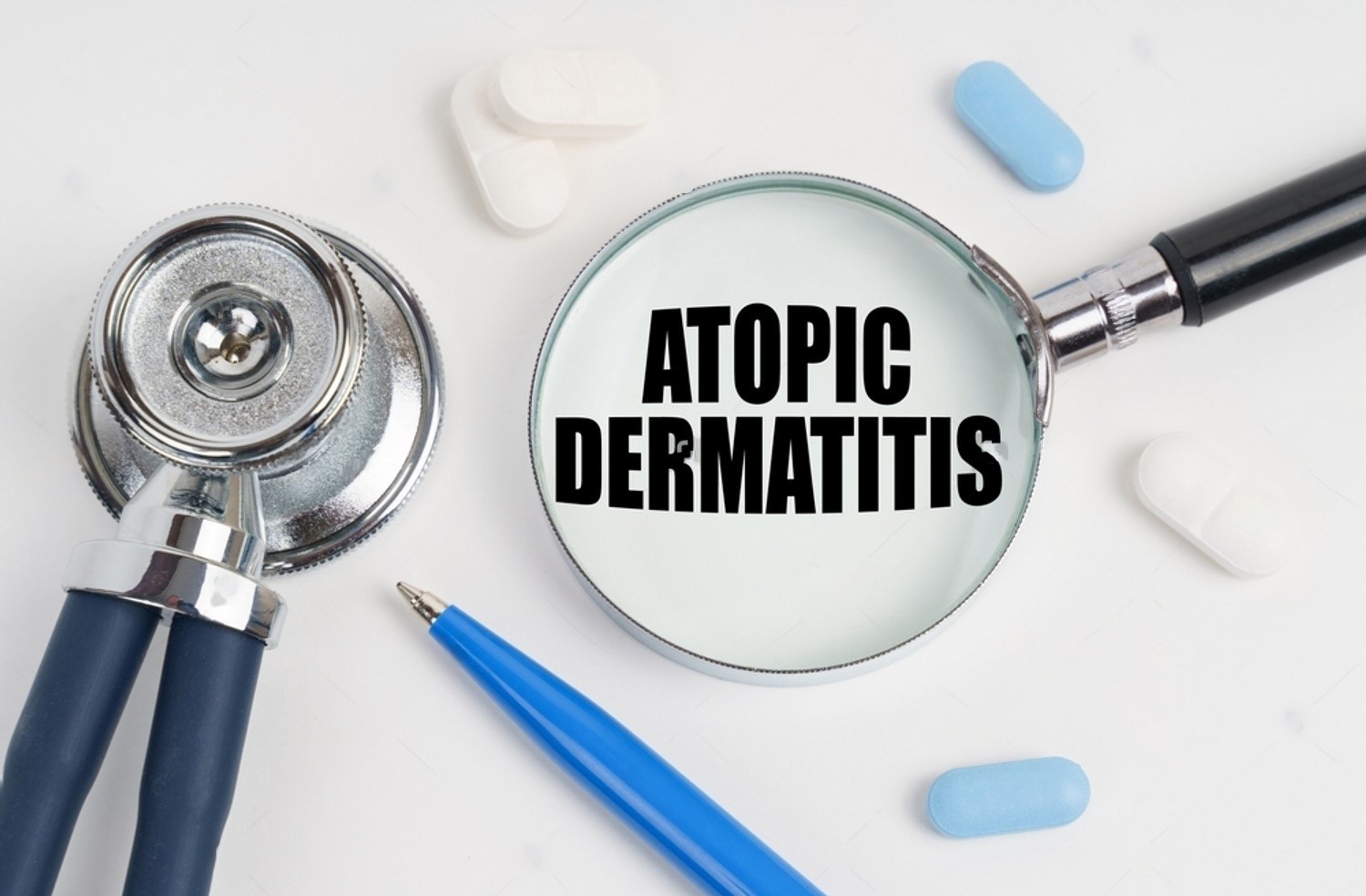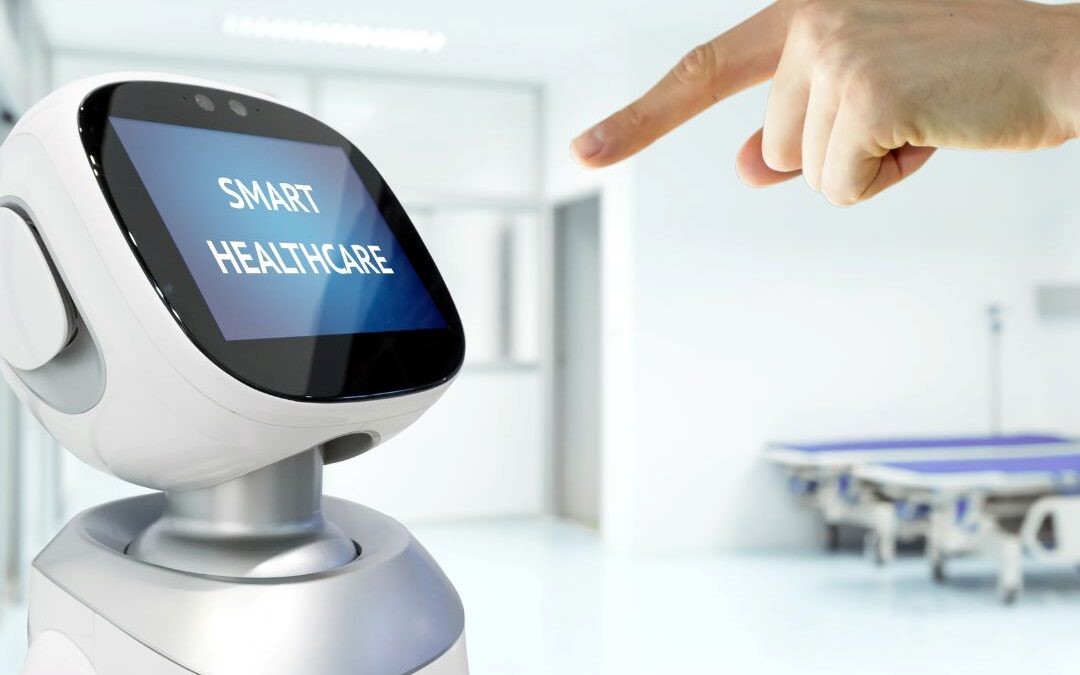
Eczema (Atopic Dermatitis) is increasing due to our weak immune system. Various factors are making individuals more vulnerable to AD symptoms but what is important is to know about the condition.
Itching disturbs a lot, which is the most common symptom of AD. To find out the changes in symptoms and monitor the effects of triggers and specific treatment, a patient must visit a dermatologist regularly to get updated.
This takes a lot of time. It becomes very annoying for the affected person, who cannot sleep properly due to excessive itching.
According to a study, an AD-affected person itches 32 minutes on average during sleep. This causes poor sleep for individuals. To measure the intensity of itching and monitor the effects of treatments, dermatologists are developing new technologies to simplify these tasks.
Do we need digital technologies for eczema?

Usually, a patient consults with a doctor to describe his/her condition. This verbal communication is the traditional way of consultation. However, some dermatologists are trying to take this process to the next level.
Eczema is far more common in children than in adults. For children and some adults, It can be difficult to express the condition clearly. That’s why dermatologists don’t become completely aware of a patient’s condition.
It could result in the recommendation of unsuitable medication, which may not work as expected. A patient may need additional check-ups to see what triggers are causing more harm.
To solve this issue, digital technologies are emerging to simplify symptoms analysis with more precision. These inventions can help a patient check how much he/she scratches and what activities are leading to flare-ups.
Currently, few technologies and research have been conducted on monitoring eczema using wearable devices.
This article describes the latest technologies for managing and monitoring eczema and how they can benefit patients and dermatologists.
Digital Technologies For Managing and Monitoring Eczema
Itching Sensor
New technologies are coming to help monitor AD symptoms and the effects of medication. One of them is a Skin Patch. Developed by Researchers at North-western University, the soft skin patch is attached to the back side of your hand, especially on healthy skin.
This wearable device then lets dermatologists know how often an affected person scratches the skin. The device uses motion sensors and Artificial Intelligence to tell the amount of scratching that a person does.
This helps measure itching intensity from day to day and allows dermatologists to recommend treatment accordingly.
Software for Data Analysis
An eczema tracker app helps present the data gathered by skin patch technology in easy-to-consume form for dermatologists and patients. An itching detector device can be connected to these types of software to get the data in graphs and other easily measurable forms.
Another similar technology is SCARLETRED Vision. This works by using a skin patch next to the affected area. The patient then has to click the image of the skin and upload it to the Scarlet red Vision app to get information and perform a deep analysis of AD symptoms.
This app can be used to measure other common skin diseases and also fungal conditions. It can help patients provide the symptoms of their condition to dermatologists remotely.
The images taken by this app are stored on secured servers. You must have an Apple device to use this app.
How can these technologies benefit us?
From time to time, doctors invent new ways to treat particular conditions, and we have to adopt them to get the best possible treatment. Eczema has a long history of affecting people with its symptoms. The earliest known cases of its symptoms date back to 69-140 CE.
Throughout this time, we have developed different ways to deal with AD. In recent years, digital technologies have been used for managing and monitoring eczema, which we have informed you about earlier.
Here we have listed 5 prominent benefits of using these technologies for eczema management. Keep in mind that digital technologies will benefit both patients and doctors.
Cost Effectiveness
These technologies will save a lot of money that an affected person spends on consultation and medication. Proper monitoring will help dermatologists measure AD symptoms and prescribe the best medication. Remote monitoring will help avoid spending money on fuel to reach the doctor, frequent check-ups, and trying different medications for cure.
More precise monitoring
These technologies will help monitor symptoms more accurately. Doctors will get the exact data from skin patch technology and software, which will be better than verbally acquired patient data. This data can be easily shared between dermatologists and patients.
More comfortable
The skin patch technology allows patients to show their medical condition to dermatologists from home. People don’t need to book doctor appointments and wait hours for their turn to arrive.
This saves a lot of time and can also provide mental comfort due to less interaction with the outside environment.
Measure the effect of triggers and medication
If skin gets exposed to heat, perfumes, or other allergens, the skin patch technology will measure how much a patient scratches his/her skin before and after exposure to irritants. Also, dermatologists can see the effects of recommended medication and measure what medication works for a particular person.
Get the right treatment

After measuring the intensity of scratching, blisters, redness, and other symptoms, doctors will recommend the most suitable medication. They can recommend a paediatrician-approved eczema shampoo for removing AD symptoms. They may also suggest an eczema cream or moisturizer for applying during the night to improve sleep quality. Treatment will then be more straightforward.
Conclusions
Digital technologies are playing a significant role in managing and monitoring eczema. The skin patch technology is an excellent step towards helping AD patients. It is good for dermatologists as well because they will have a better understanding of eczema symptoms in a patient.
These technologies provide valuable and authentic data that can be easily shared between patients and doctors.
Further research is ongoing on utilizing digital technologies for Atopic Dermatitis.



Facebook Comments